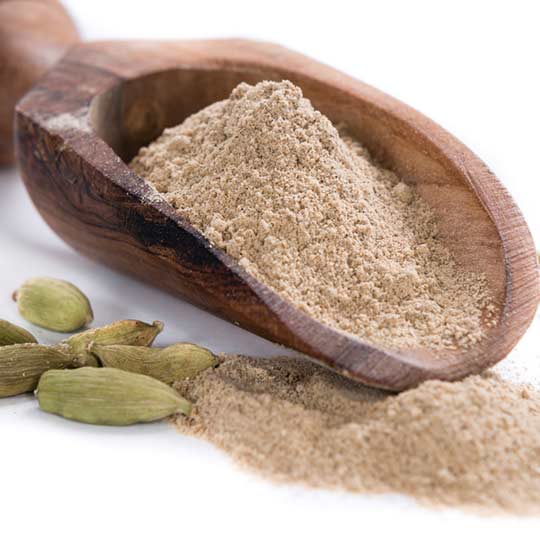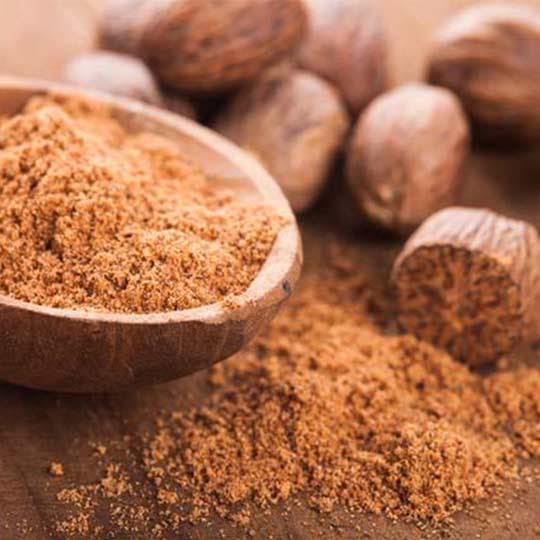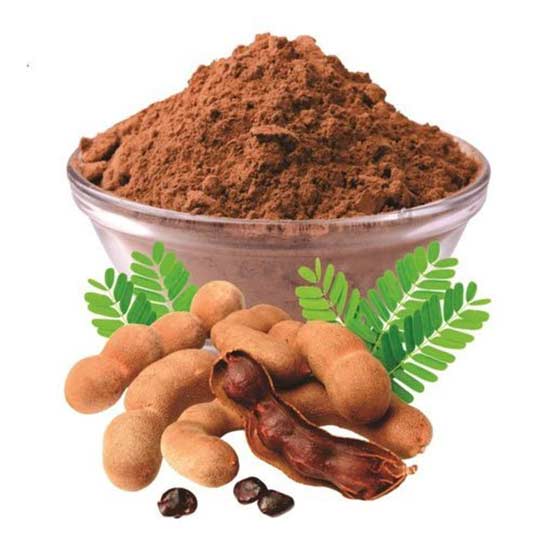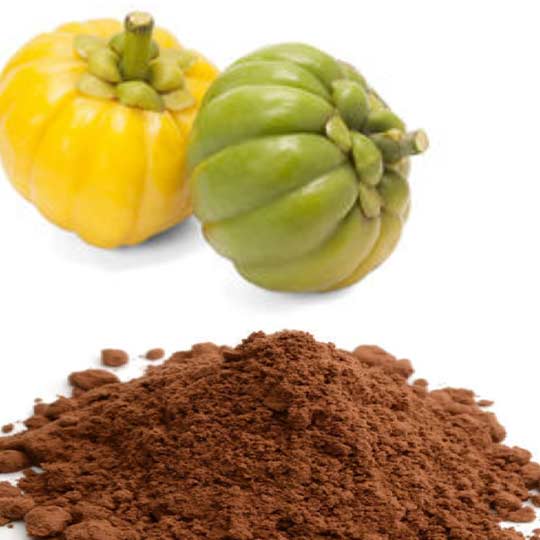
Popularly known as ‘Queen of Spices’ as opposed to Black Pepper hailed as ‘King of Spice’, Cardamom, sometimes spelt as cardamom or cardamom, is a spice made from the seeds of several plants in the genera Elettaria and Amomum in the family Zingiberaceae. Both genera are native to the Indian subcontinent and Indonesia. The cardamom plant is a perennial herbaceous plant with a pseudostem and thick irregular shaped rhizomes. Dried fruit or cardamom pod is traded as a spice.
Cardamom pods are spindle-shaped and have a triangular cross-section. The pods contain a number of seeds, which are small and black, while the pods differ in colour and size by species. Cardamom is generally available in the form of whole fruit as a primary product, in-ground form as secondary processed products and also in the form of extractions of oil and oleoresin as value-added products. Cardamom lands are generally termed as spice forests. Sri Lankan Cardamom suppliers export light green cardamom variety (Elettaria cardamom), which is one of the most expensive spices by weight.
Nutmeg and Mace are two separate spices derived from the fruit of tree Myristica fragrans of the family Myristicaceae. Myristica fragrans is, in fact, the only tree in the world that produces two separate spices. The fruit contains a hard pit, which is a nutmeg, while the lacy red membrane which surrounds it is called mace. Nutmeg, a perennial evergreen spice tree, is native to the Moluccas in East Indonesia. From ancient times, Nutmeg has been a highly prized spice for its numerous culinary and other applications. Sri Lankan nutmeg and mace suppliers export whole nutmeg, nutmeg essential oil, and ground nutmeg and mace to global markets.
The fruits are fleshy and broad with longitudinal ridges along their circumference. During ripening, the fruit’s colour changes to yellow, and the pericarp is split into two halves exposing the seeds. The shiny seeds are covered by a red aril. The flavour of mace is softer and fruitier than that of nutmeg and is used in delicately flavoured recipes. It consists of essential oils, which give out its distinct flavour and aroma.


In Sri Lankan cuisine, a pinch of turmeric brings the gold colour to sodhi, the mildly spiced coconut soup eaten with the island’s carbohydrate-rich foods.
Turmeric is valued in every Sri Lankan kitchen for its subtle flavour, distinct yellow colour and powerful aroma. In ayurvedic medicine, this humble spice is hailed for its values as an anti-inflammatory.
But cultivation of the traditional root almost died out during the Sri Lankan civil war, and the country relied heavily on imported turmeric, growing only 2,000 of the 7,000 tonnes it consumes annually. However due to recent import restrictions, farmers increaed the turmeric cultivation rapidly and planning to grow the turmeric for the import market now.
Tamarind is known as a multi-purpose tropical fruit tree and isused primarily for its fruits, which may eaten fresh or processed, used as a seasoning or spice, or the fruits and seeds can processed for non-food uses.
Various geographical areas like India or the Far East or Africa are known as center of its origin but the consensus is that it is Africa. The tamarind has long been naturalized in the East Indies and the islands of the Pacific. One of the first tamarind trees in Hawaii was planted in 1797 and it was introduced much earlier into tropical America, Bermuda, the Bahamas, and the West Indies. It is mostly grown as a shade and fruit tree, along roadsides and parks in all tropical and near-tropical areas.
Tamarind is a long-lived, large, evergreen or semi-evergreen tree. The trunk forks at about 1 m above ground and is often multi-stemmed with branches widely spreading, drooping at the ends and often crooked but forming a spreading, rounded crown. The bark is brownish-grey, rough and scaly. Young twigs are slender and puberulent. A dark red gum exudes from the trunk and branches when they are damaged. Leaves are alternate and even-pinnate and shortly petiolated.


Fennel Goraka fruit originated from mostly Sri Lanka having spread to the parts of the south Asia in areas such as India, Malaysia, Burma and Thailand. This fruit has also become popular in Florida and Australia. This tree is not only grown because of the fruits it bears but it has aesthetic value when planted in the compound.
The tree is normally small but blossoms with shiny green leaves that make the compound beautiful. This is a perennial tree as it produces fruits twice within a year. It thrives well in sub-tropical and tropical climatic conditions and when planted in the soil that is well drained.
During the dry spells, the tree can be watered to produce fruits. Though the fruit resembles the mangosteen fruit which is sweet, this fruit is sour and acidic. The fruits are usually green in color but turns into orange color once ripe. The shape of the fruit looks like a pumpkin. The fruit has a big seed in the center while its cover is tough.
Our supply is not limited to the above spices. We can source other spices as per your requirements.